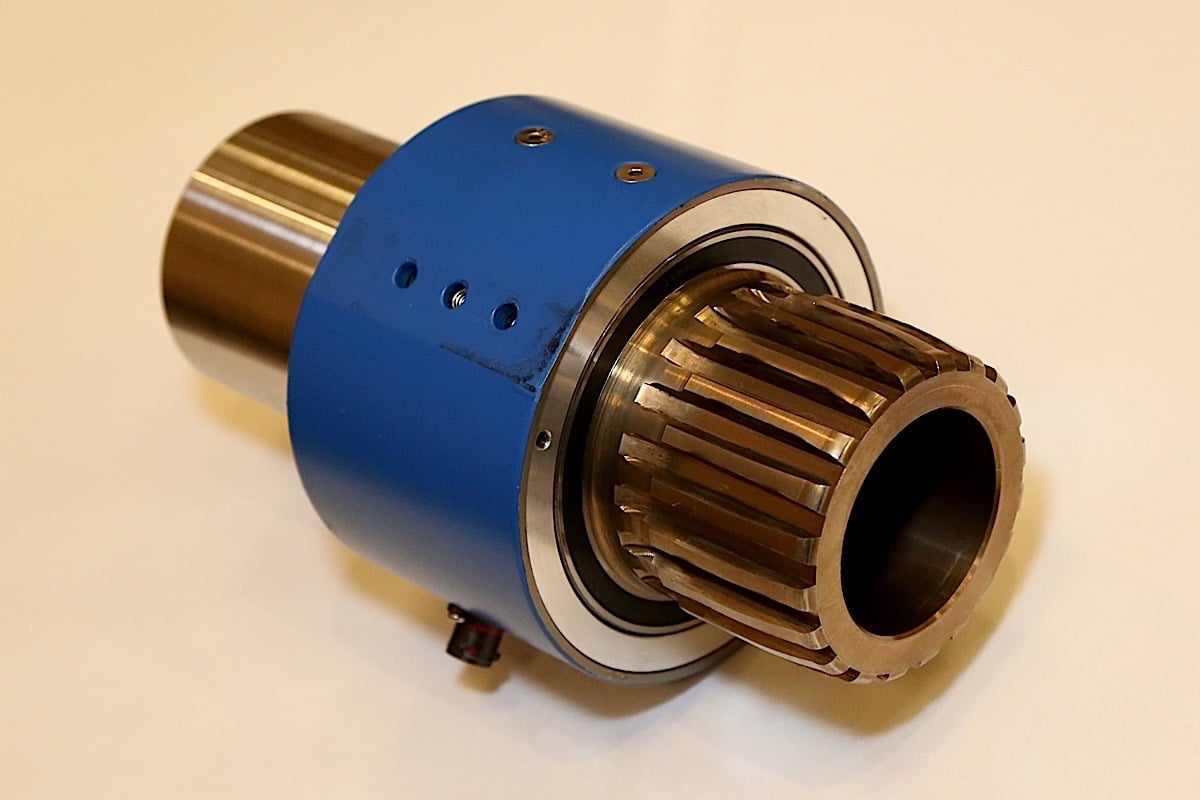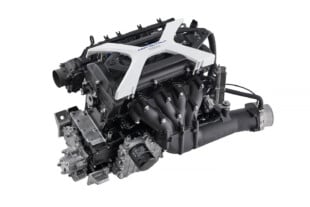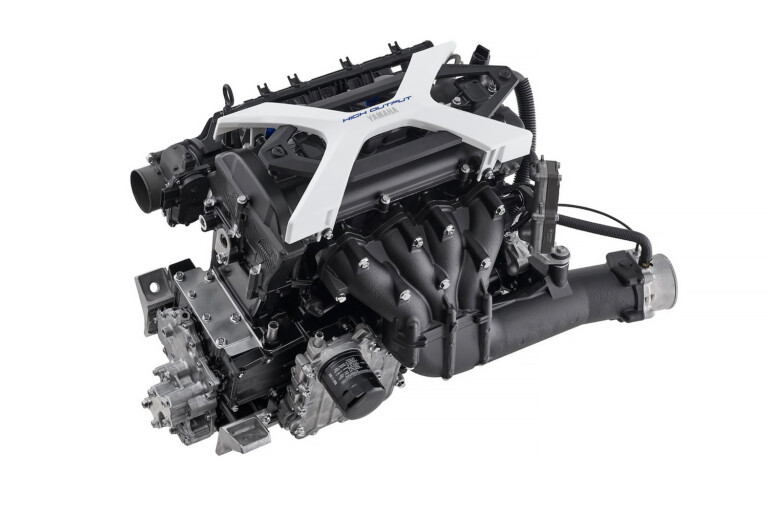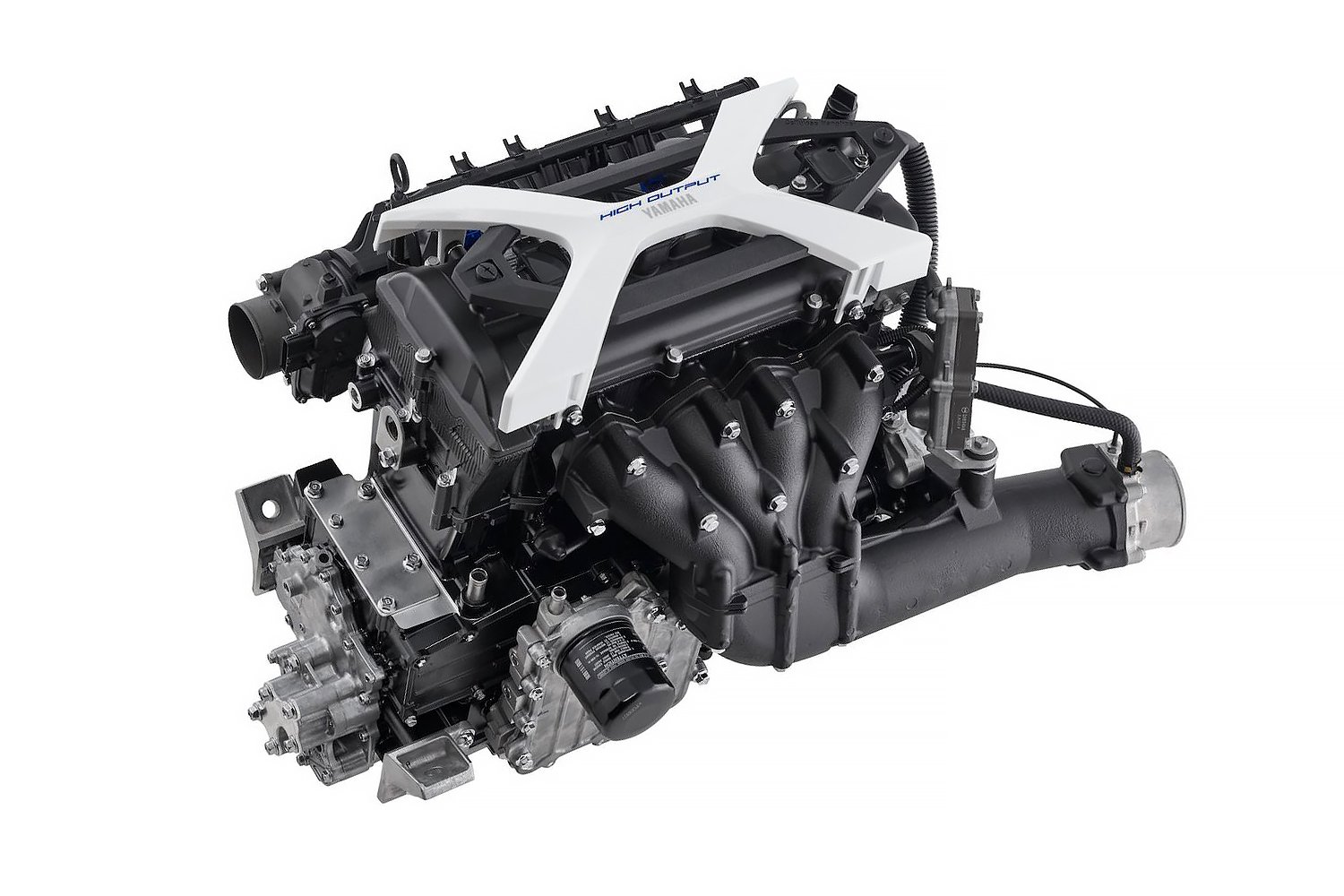 Top Fuel dragsters will have a new tuning tool when they come to the starting line at the NHRA season opener at Pomona next month–the same tool that recently helped confirm nitro engines make more than 10,000 horsepower.
Top Fuel dragsters will have a new tuning tool when they come to the starting line at the NHRA season opener at Pomona next month–the same tool that recently helped confirm nitro engines make more than 10,000 horsepower.
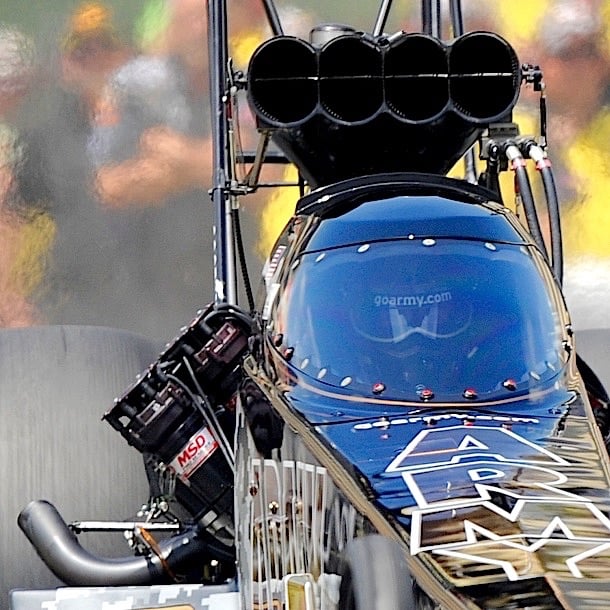
At wide-open throttle just two seconds into the run, the computer showed that Tony Schumacher’s dragster was pulling around 8,000 lb-ft of torque and over 10,000 horsepower. NHRA photo
A torque sensor developed by AVL Racing in conjunction with Don Schumacher Racing will be available to all teams and should provide additional data for crew chiefs to make tuning decisions.
“Down the road, as we run it more, it will be an important part of our tuning decisions from run to run to get the maximum out of our car,” promises Mike Green, crew chief for Tony Schumacher’s US Army dragster, who was part of a seminar held at the PRI show in which the results of a test conducted at Maple Grove and presented by Race Engine Technology were discussed at length. In that test, data from the torque sensor was used to calculate that the 500ci nitro engine made 10,156 horsepower a little over two seconds into the run at just under 8,000 rpm. A followup test in California with improved air conditions revealed 11,051 horsepower. (See EngineLabs’ earlier story on these tests).
The seminar offered a closeup look at the sensor and ways it can help the crew chief.
Here are two views of the torque sensor developed by AVL Racing. It replaces the coupler between the clutch and differential. There are no contact points but AVL positioned the sensing equipment in a bearing housing to help withstand the intense vibrations.
“We have close to 70 different channels that we gather data,” says Green. “Maybe not all at the same time but this is just one more. We really believe it’s accurate.”
The AVL torque sensor is built into the coupler that connects the output shaft from the clutch to the rear differential. The sensor is based on a unique type of ferromagnetic steel. When a stress is applied to the steel, any changes in the magnetic field is picked up by a receiver. Based on tests conducted at the lab where a known twisting force was applied and calibration points were recorded, the resulting torque data is recorded by the RacePak and computed into horsepower.

US Army crew chief Mike Green, right, and AVL engineer Martin Monschein discuss the torque sensor at a PRI seminar.
“We know how brutal and violent the conditions are in our racecars,” says Green. “And everything we try to sense is a challenge and the sensor and technology they developed was beyond our expectations.”
Even though the sensor has no contacts or moving parts, AVL took no chances in locating the sensitive components.
“The challenge for Top Fuel, even though it’s a non contact measurement principle, this environment has vibration levels beyond the typical applications,” says Martin Monschein, racing applications manager at Austria-based AVL Racing. “Just to be on the safe side, we opted to have the receiver and electronics mounted by a bearing housing.”
Also, to avoid the massive amounts of clutch dust expelled during the run, the unit is fully sealed.

Here is the data printout from the run where the US Army Top Fuel dragster recorded over 10,000 horsepower.
Green says his team has been approached numerous times in the past with ideas and devices for accurately measuring horsepower in a nitro engine.
“We have two 40-amp ignition systems. That challenge alone cripples many sensors,” he adds.
To achieve over 10,000 horsepower, that means the engine is pulling 8,000 lb-ft of torque or more. Before he put on the US Army dragster, Green had to be sure of the sensor’s strength. In fact, he sent a typical coupler that the team uses to AVL for retrofitting, but that type of steel did not work. So AVL developed one from scratch using a different steel.
“When a coupler goes, everything from the fuel pump to the clutch is destroyed,” says Green. “It was critical that what they were building would be strong enough to handled 8,000 foot-pounds.”
Just exactly how and what tuning decisions will be made from the data is still to be determined. While peak numbers generate great headlines, the average horsepower numbers will likely be more valuable in helping pinpoint traction losses or aerodynamic changes.
“We can adjust 1,000 horsepower to tune a car for the track,” says Green. “From run to run, it will definitely give us more data to tune our car.”




